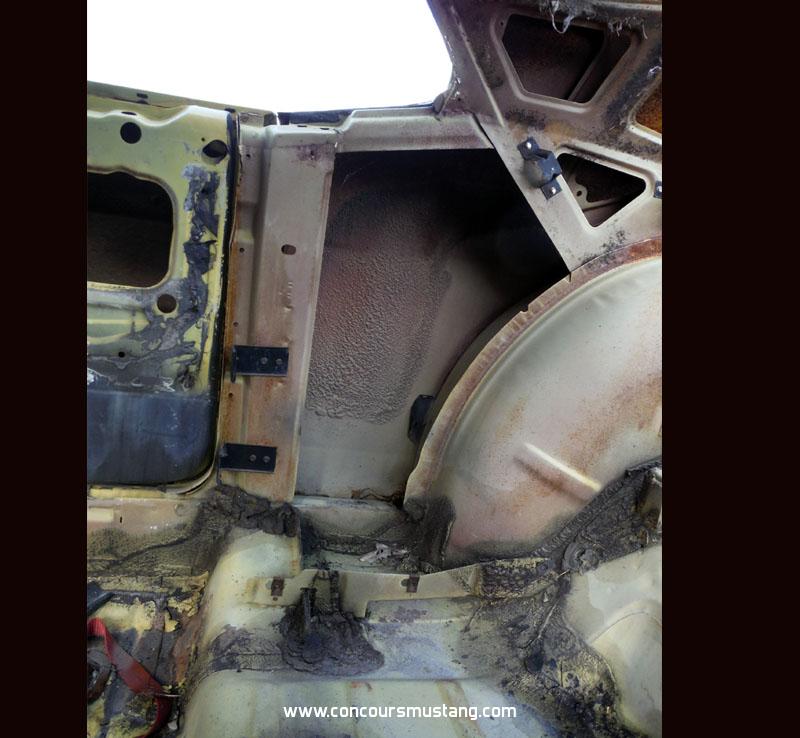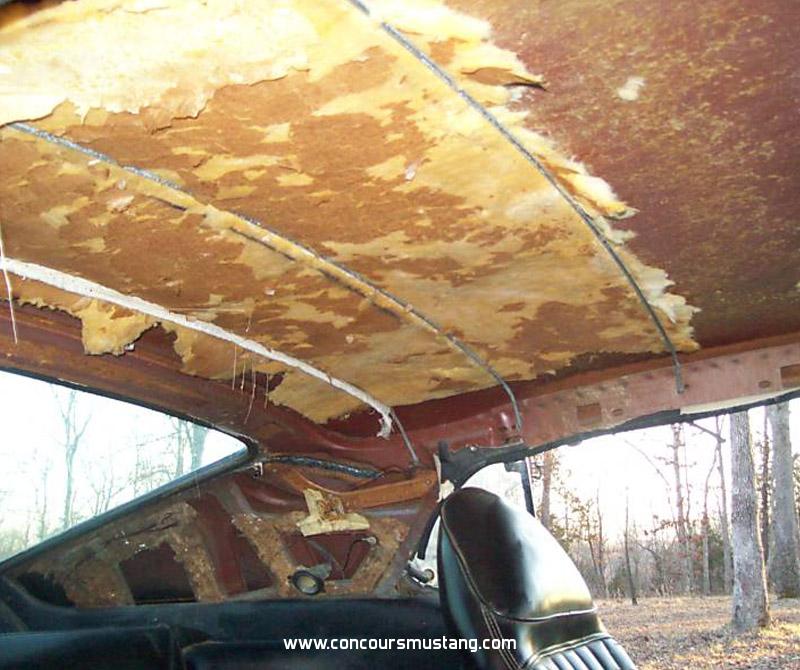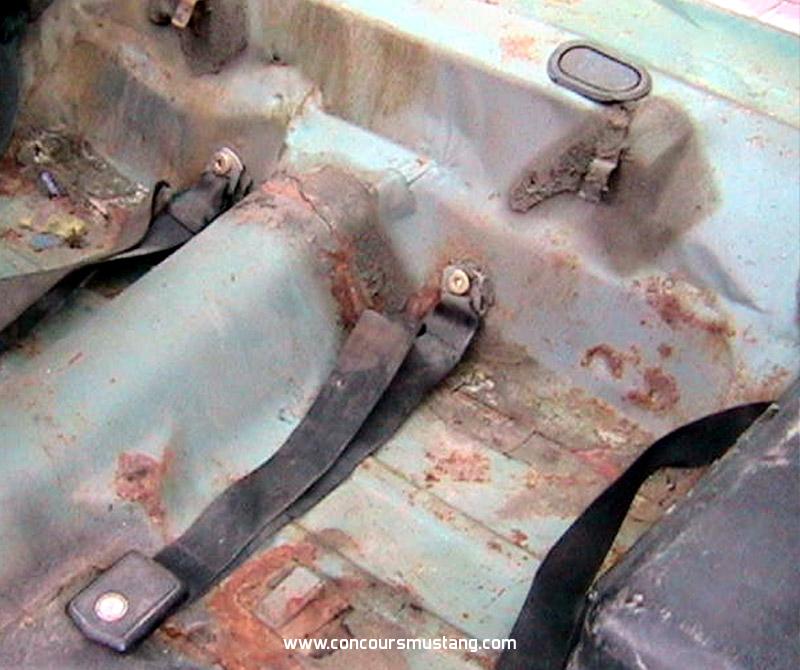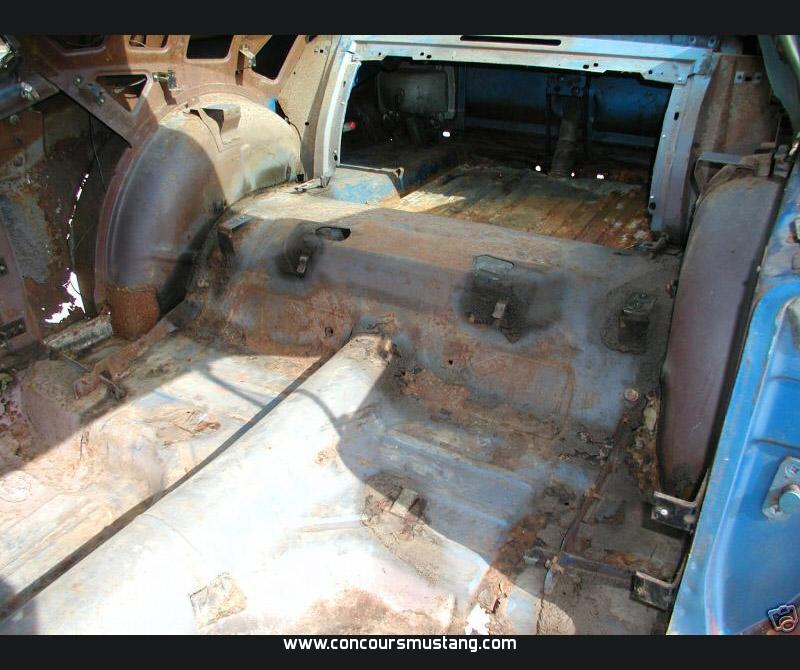The following was a response to a general question (not production period specific) asked for and responded to on another site. Thought I would repost my response here for the benefit of others that might need just a general idea. Again 1969 Dearborn
++++++++++++++++++++++++++++++++++++++++
Interior panels under all the bolt, clip and screw on parts is a mix of finishes originally. And each car got a little different application based on the effort, age, height of the worker, the angle of the spray guns and other things.
Base would have been a red oxide in the visible surfaces, bare metal elsewhere. You can find some light gray primers introduced from the exterior application but not the extent, usually, we find body color. Body color was introduced into the cabin directly and indirectly from the painting of the adjacent exterior panels as well as the door and window openings as they were painted. Bottom side of the roof is often a combination of bare steel and thinly applied coat of red oxide
Many of the lower or horizontal surfaces collected more exterior color on many cars due to application angle and gravity. You also have the metal dash panel black out but this seems to depend on when the car was built. On some cars you can find black out on the lower inner A pillar area and have seen only a couple of examples at this plant where the defogger hole was blacked out on the rear panel facing the interior area
If your going to the extent of worrying about the hidden surfaces and the paint application might as well mention - Don't forget the two dolly shadows on the front floor pans

Just some random examples

Non-Shelby standard interior example



